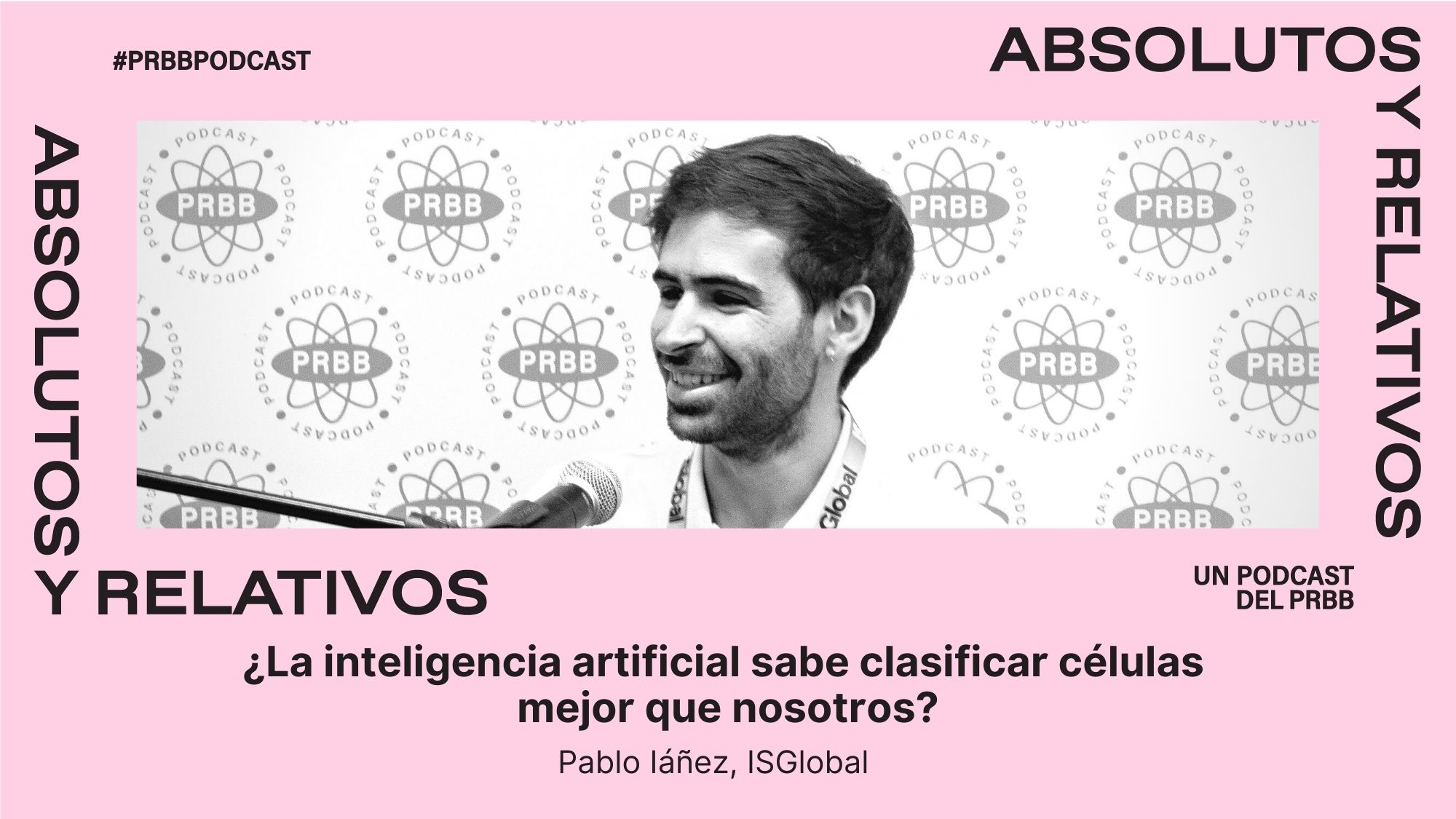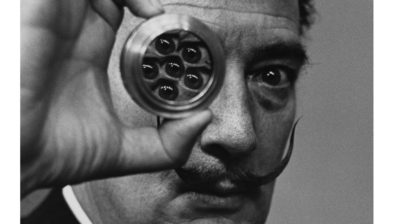Pablo Iáñez studied biochemistry but the ‘wet lab’ internships didn’t convince him. So, even though he didn’t know how to program, he took the plunge and finished his degree with a computational thesis. It was then that curiosity led him to study a master’s degree in bioinformatics, which opened the doors for him to pursue his PhD at the Barcelona Institute for Global Health (ISGlobal).
This is how he entered the world of deep learning, the use of models that can learn on their own a very specific task designed by a human. But Pablo explains that “actually, artificial intelligence (AI) is not very intelligent, it doesn’t have the ability to know what problem needs to be solved at a given moment”. That’s why it needs an “AI coach” like him to understand what to look for.
For example, if we want the AI to distinguish between images of dogs and cats, the AI will first randomly decide which images are dogs and which are cats. This is where the “AI trainer” comes in; in this example he or she is responsible for telling the AI whether it is making a mistake or not, so that it starts to look for patterns that characterize dogs and cats in the images we give it.
As with cats and dogs, one of Pablo’s current projects involves working with AIs that use microscopy imaging to determine whether hematopoietic cells in a sample are young or old. Once they have succeeded in teaching the sorting AI, they can use rejuvenating drugs and try to visualize if they work.
Find out how they are progressing in this project by listening to this episode of ‘Absolutos y relativos’ (in Spanish).






